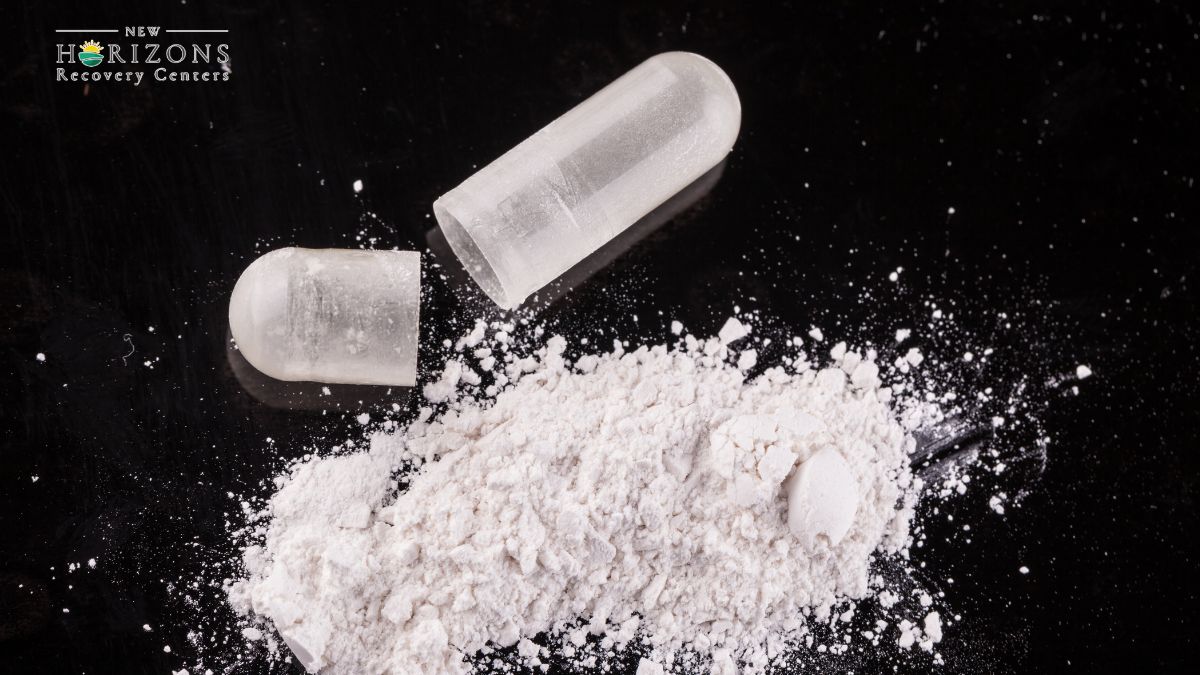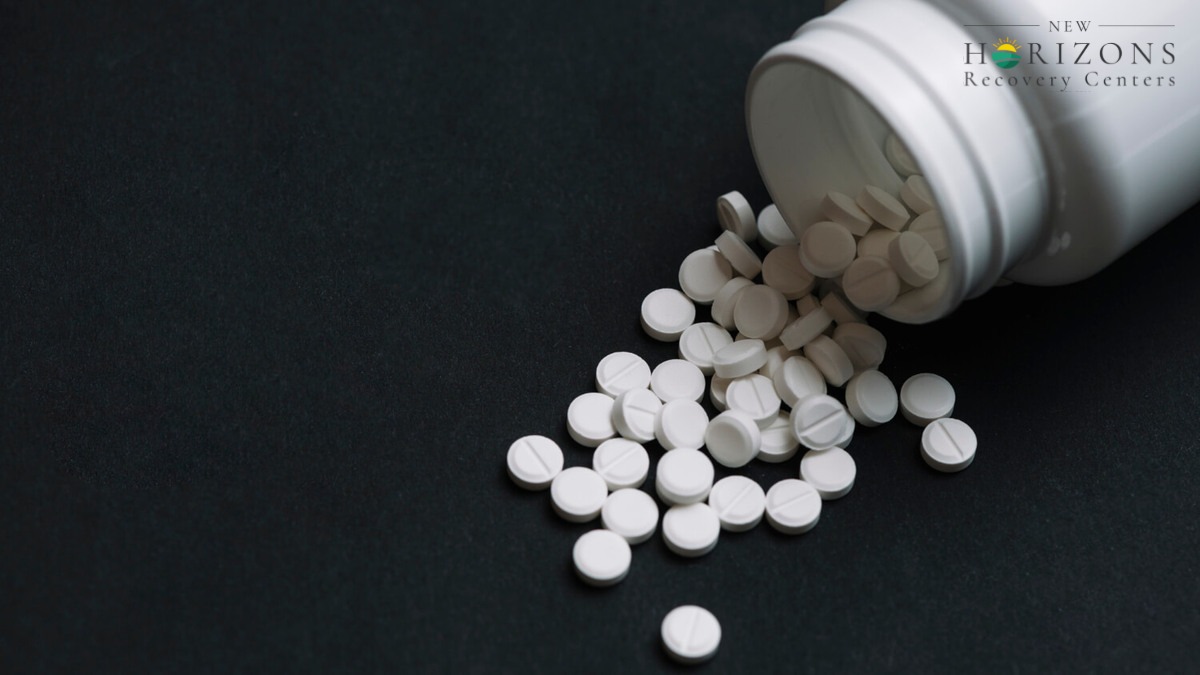Understanding Alcohol and Intoxication
To unravel the enigma of how many beers it takes to get drunk, it's important to first understand how alcohol affects the body and the factors that influence intoxication levels.

How Alcohol Affects the Body
Alcohol is a central nervous system depressant that affects various functions of the brain and body. When consumed, it is rapidly absorbed into the bloodstream through the stomach and small intestine. From there, it travels to the liver, where it is metabolized.
The effects of alcohol can be categorized into different stages:
- Absorption: Alcohol enters the bloodstream and begins to exert its effects.
- Euphoria: Initial feelings of relaxation, reduced inhibitions, and increased sociability.
- Excitement: Increased heart rate, impaired judgment, decreased coordination, and impaired concentration.
- Confusion: Mental confusion, decreased reaction time, and slowed reflexes.
- Stupor: Severe intoxication, difficulty in walking, and potential loss of consciousness.
- Coma: Extreme intoxication, unresponsiveness, and potential danger to one's health.
The rate at which alcohol affects the body can vary depending on several factors.
Factors That Influence Intoxication Levels
Several factors can influence how quickly and intensely someone becomes intoxicated after consuming alcohol. These include:
- Body weight and composition: People with a higher body weight and more muscle mass tend to have a higher tolerance for alcohol, as muscle tissue contains more water, which dilutes alcohol in the body.
- Gender: Women generally have a lower tolerance for alcohol compared to men, as they typically have a smaller body size and lower levels of the enzyme alcohol dehydrogenase, which helps metabolize alcohol.
- Metabolism: The efficiency of alcohol metabolism can vary among individuals, affecting how quickly alcohol is broken down and eliminated from the body.
- Drinking experience: Regular alcohol consumers may develop a higher tolerance over time due to the body's ability to adapt to alcohol's effects.
- Rate of consumption: Consuming alcohol rapidly can lead to faster intoxication, as the body has less time to metabolize the alcohol.
- Food consumption: Consuming alcohol on an empty stomach can lead to quicker intoxication, as food helps slow down the absorption of alcohol into the bloodstream.
It's important to note that everyone's tolerance to alcohol is unique, and the effects of alcohol can vary significantly from person to person. It is always advisable to drink responsibly and be aware of your own limits to ensure a safe and enjoyable experience.
The Myth of a Universal Standard
When it comes to determining how many beers it takes to get drunk, there is no one-size-fits-all answer. The effects of alcohol on an individual's level of intoxication can vary significantly based on various factors. It is essential to understand these factors to dispel the myth of a universal standard.
Why There's No One-Size-Fits-All Answer
Alcohol affects individuals differently due to variations in body composition, metabolism, genetics, and other factors. Therefore, what might cause intoxication in one person may have a different effect on another. It is crucial to recognize that alcohol tolerance varies from person to person, and there is no universal standard for how many beers it takes to get drunk.
Variability in Alcohol Tolerance
Alcohol tolerance refers to an individual's ability to handle alcohol without experiencing severe impairment. It is influenced by several factors, including genetics, drinking history, body weight, gender, and overall health. Some people may have a higher alcohol tolerance, meaning they can consume more alcohol before feeling intoxicated, while others may have a lower tolerance and experience the effects of alcohol more quickly.
Factors that can contribute to individual variability in alcohol tolerance include:
- Genetics: Some individuals may have genetic variations that affect how their bodies metabolize alcohol, leading to differences in alcohol tolerance.
- Body Weight: Generally, individuals with a higher body weight may have a higher alcohol tolerance due to a larger volume of distribution for alcohol in the body.
- Gender: Women typically have a lower tolerance to alcohol compared to men due to differences in body composition and enzyme activity.
- Drinking History: Regular alcohol consumption can lead to the development of tolerance over time. Frequent drinkers may require more alcohol to achieve the same level of intoxication.
- Overall Health: Certain medical conditions, medications, and mental health factors can influence alcohol tolerance.
Understanding the variability in alcohol tolerance is essential to ensure responsible drinking and avoid potentially dangerous situations. It is crucial to recognize and respect personal limits and make informed decisions about alcohol consumption based on individual factors rather than relying on a universal standard.
By acknowledging the myth of a universal standard and considering the variability in alcohol tolerance, individuals can approach the question of how many beers it takes to get drunk with a more informed perspective. It is always advisable to prioritize responsible drinking, be aware of personal limits, and never drink and drive.
Calculating Alcohol Content
Understanding the alcohol content in beverages is essential for estimating intoxication levels and determining how many beers it might take to get drunk. Two key factors to consider are the alcohol by volume (ABV) and standard drink units.
Understanding Alcohol by Volume (ABV)
Alcohol by volume (ABV) is a standard measure used to express the alcohol content of a beverage as a percentage of the total volume. Different types of alcoholic beverages have varying ABV percentages. Here are some examples:
Beverage Type and Alcohol by Volume (ABV) Range
Beer: 4% - 7%
Wine; 9% - 16%
Distilled Spirits (e.g., Vodka, Whiskey): 40% - 50%
It's important to note that there can be variations within each beverage category, and some specialty beers or spirits may have higher ABV percentages. Checking the label or researching the specific brand can provide more accurate ABV information.
Standard Drink Units
To simplify the estimation of alcohol consumption, standard drink units are used as a reference point. A standard drink unit represents a specific amount of pure alcohol, typically defined as 14 grams or 0.6 ounces. However, it is crucial to understand that the actual amount of alcohol in different beverages can vary based on their ABV.
Here are some examples of how different beverages measure up to one standard drink unit:
Beverage Type and Standard Drink Units
Regular Beer (5% ABV): 1
Wine (12% ABV): 1.5
Distilled Spirits (40% ABV): 1.5
It's important to keep in mind that the number of standard drink units can change depending on the size of the serving and the actual ABV of the beverage. Always check the label or refer to reliable sources for accurate information.
Understanding the alcohol content of beverages through the ABV and standard drink units can help individuals make more informed decisions about their alcohol consumption. However, it is crucial to remember that factors such as body weight, metabolism, tolerance, and rate of consumption can significantly impact how alcohol affects each individual. Responsible drinking and knowing one's personal limits are essential for maintaining safety and well-being.
Estimating Intoxication Levels
When it comes to estimating intoxication levels, it's important to consider the factors that impact how alcohol affects an individual's body. One key measure used to assess intoxication is Blood Alcohol Concentration (BAC), which is the percentage of alcohol in a person's bloodstream. Let's delve into these factors and understand the effects of BAC on the body.
Factors That Impact Intoxication
Several factors can influence how alcohol affects an individual and their level of intoxication. These include:
- Body Weight and Composition: Generally, individuals with a higher body weight tend to have a lower BAC compared to those with a lower body weight. This is because alcohol disperses throughout a larger volume of body fluids in individuals with more body mass.
- Metabolism: The rate at which the body metabolizes alcohol can vary among individuals. Factors such as genetics, liver health, and enzyme activity play a role in how quickly alcohol is broken down and eliminated from the body.
- Gender: Women tend to have a lower tolerance for alcohol compared to men due to differences in body composition, enzyme activity, and hormone levels.
- Rate of Consumption: The speed at which alcohol is consumed affects intoxication levels. Rapid consumption leads to a higher BAC, as the body has less time to metabolize the alcohol.
- Food Intake: Consuming alcohol on an empty stomach can lead to a faster absorption rate, resulting in a higher BAC. Food in the stomach slows down alcohol absorption, reducing the rate at which alcohol enters the bloodstream.
- Medications and Health Conditions: Certain medications and health conditions can interact with alcohol, intensifying its effects or causing adverse reactions. It's essential to consult a healthcare professional regarding alcohol consumption while taking medications or managing specific health conditions.
Blood Alcohol Concentration (BAC) and Its Effects
Blood Alcohol Concentration (BAC) is a measure of the percentage of alcohol present in the bloodstream. It serves as an indicator of intoxication levels. The effects of different BAC levels can vary, but here's a general overview:
BAC Level and Effects
0.02-0.03% - Mild relaxation, slight euphoria
0.04-0.06% - Increased sociability, reduced inhibitions
0.07-0.09% - Impaired judgment, decreased coordination
0.10-0.12% - Poor motor control, slurred speech
0.14-0.17% - Loss of balance, significant impairment
0.18-0.20% - Confusion, dizziness, potential blackouts
0.25%+ Severe impairment, risk of alcohol poisoning
It's worth noting that these effects can vary depending on an individual's tolerance, previous alcohol consumption, and other factors discussed earlier. Individuals may experience different levels of impairment even at the same BAC due to variations in alcohol tolerance.
Understanding the factors that impact intoxication and the effects of different BAC levels can help individuals make informed decisions about their alcohol consumption. It's essential to drink responsibly, recognize personal limits, and prioritize safety to avoid potential negative consequences associated with excessive alcohol consumption.
The "How Many Beers" Question
When it comes to understanding how many beers it takes to get drunk, it's important to consider the variables that can affect intoxication levels. While it may seem like a straightforward question, there are several factors that can influence the effects of alcohol on an individual. Additionally, general guidelines for beer consumption can provide a helpful reference point for responsible drinking.
Variables That Affect Intoxication
The impact of alcohol consumption can vary from person to person due to a range of factors. Some key variables that can affect intoxication levels include:
- Body Weight and Composition: Generally, a smaller person will feel the effects of alcohol more quickly than someone who is larger. This is because alcohol becomes more diluted in a larger body mass, resulting in a lower blood alcohol concentration (BAC).
- Metabolism: The rate at which your body metabolizes alcohol can differ between individuals. Factors such as genetics, age, and overall health can influence how quickly alcohol is broken down and eliminated from the body.
- Gender: Women tend to have a lower tolerance for alcohol compared to men. This is due to differences in body composition, enzyme activity, and hormonal factors.
- Food Intake: Consuming food before or while drinking can slow down the absorption of alcohol into the bloodstream. This can help to mitigate the effects of alcohol and reduce intoxication levels.
- Medications and Health Conditions: Certain medications and health conditions can interact with alcohol, intensifying its effects. It's important to be aware of any potential interactions and consult with a healthcare professional if needed.
General Guidelines for Beer Consumption
While it's difficult to provide an exact number of beers that will lead to intoxication, there are some general guidelines to keep in mind. These guidelines are based on the assumption of a standard beer, which typically contains around 5% alcohol by volume (ABV).
Beer Type and Alcohol by Volume (ABV)
Light Beer: 3-4%
Regular Beer: 4-6%
Craft Beer: 5-10%
Remember, these values can vary depending on the brand and specific beer. It's also important to note that individual tolerances and the aforementioned variables can significantly impact how many beers it takes to feel the effects of alcohol.
To drink responsibly, it's recommended to follow these general guidelines:
- Moderate Drinking: The Centers for Disease Control and Prevention (CDC) defines moderate drinking as up to one drink per day for women and up to two drinks per day for men. These guidelines can help minimize the risk of harmful effects.
- Pace Yourself: It's important to consume alcoholic beverages slowly and avoid binge drinking. Spacing out the drinks over a longer period can help prevent rapid intoxication.
- Alternate with Non-Alcoholic Beverages: Alternating alcoholic drinks with non-alcoholic beverages such as water or soft drinks can help to stay hydrated and reduce overall alcohol consumption.
- Know Your Limits: Understanding your own tolerance for alcohol is crucial. Pay attention to how you feel after consuming a certain number of beers and know when it's time to stop or slow down.
By taking these variables and general guidelines into consideration, individuals can make more informed decisions about their alcohol consumption and prioritize responsible drinking practices.
Responsible Drinking and Safety
When it comes to alcohol consumption, responsible drinking and safety should always be a priority. It's essential to recognize personal limits, employ strategies for safer drinking, and know when to seek help and resources.
Recognizing Personal Limits
Understanding your personal limits is crucial for responsible drinking. Factors such as body weight, metabolism, tolerance, and overall health can influence how alcohol affects you. It's important to be aware of your individual response to alcohol and know when to stop or pace yourself to avoid excessive intoxication.
Here are some signs that indicate you may have reached your limit:
- Slurred speech and impaired coordination
- Difficulty concentrating or making decisions
- Nausea or vomiting
- Memory loss or blackouts
- Aggressive behavior or mood swings
If you experience any of these signs, it's time to stop drinking and allow your body to metabolize the alcohol.
Strategies for Safer Drinking
Implementing strategies for safer drinking can help you maintain control and reduce the risk of intoxication. Consider the following tips:
- Pace yourself: Sip your drink slowly and intersperse alcoholic beverages with non-alcoholic ones to moderate your alcohol intake.
- Eat before and during drinking: Consuming food, especially those high in protein and healthy fats, can slow down the absorption of alcohol and lessen its effects.
- Stay hydrated: Drink water or other non-alcoholic beverages to stay hydrated and prevent dehydration, which can intensify the effects of alcohol.
- Avoid drinking games or challenges: These activities can lead to excessive consumption and impair judgment.
- Plan for a safe way home: Arrange for a designated driver, use public transportation, or call a rideshare service to ensure you get home safely without driving under the influence.
Seeking Help and Resources
If you or someone you know is struggling with alcohol-related issues, it's important to seek help and utilize available resources. Alcohol addiction is a serious condition that can have detrimental effects on physical and mental health. Reach out to healthcare professionals, support groups, or helplines for guidance and assistance.
Here are some resources that may be helpful:
Organization and Contact Information
Alcoholics Anonymous (AA)
Website: www.aa.org
National Institute on Alcohol Abuse and Alcoholism (NIAAA)
Helpline: 1-800-662-HELP (4357)
Substance Abuse and Mental Health Services Administration (SAMHSA)
Helpline: 1-800-662-HELP (4357)
Remember, responsible drinking is essential for maintaining your well-being and the safety of yourself and others. By recognizing your limits, employing strategies for safer drinking, and seeking help when needed, you can enjoy alcohol in a responsible and controlled manner.
Sources
How much alcohol does it take for a person to get drunk?





-ink.jpeg)
-ink.jpeg)
